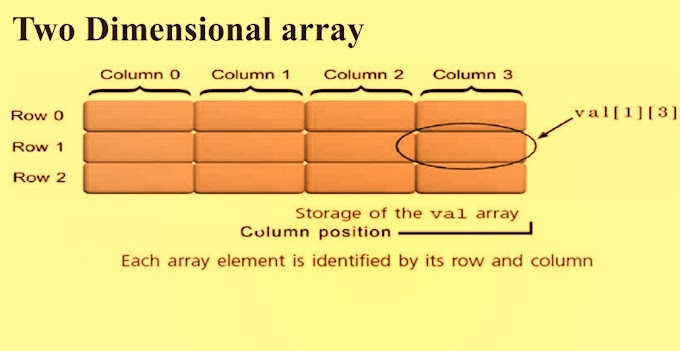Multiplexing is the set of techniques that allows the simultaneous transmission of multiple signals across a single data link. As data and telecommunications use increases, so does traffic.
Types of Multiplexing Techniques
- There are three basic multiplexing techniques:
- Frequency-division multiplexing
- Wavelength-division multiplexing and
- Time-division multiplexing.
The first two are techniques designed for analog signals, the third, for digital signals.
Frequency Division Multiplexing
Frequency Division Multiplexing (FDM) is an analog technique where each communications channel is assigned a carrier frequency. To separate the channels, a guard-band would be used. This is to ensure that the channels do not interfere with each other.
For example, if we had our 3 terminals each requiring a bandwidth of 3 kHz and a 300 Hz guard-band, Terminal 1 would be assigned the lowest frequency channel 0-3 kHz, Terminal 2 would be assigned the next frequency channel 3.3kHz-6.3kHz and Terminal 3 would be assigned the final frequency channel 6.6kHz-9.6 kHz. The frequencies are stacked on top of each other and many frequencies can be sent at once.
The downside is that the overall line bandwidth increases. Individual terminal requirement were 3 kHz bandwidth each, in the above example: the bandwidth to transmit all 3 terminals is now 9.6 kHz. Frequency Division Multiplexing FDM does not require all channels to terminate at a single location. Channels can be extracted using a multi-drop technique; terminals can be stationed at different locations within a building or a city. FDM is an analog and slightly historical multiplexing technique. It is prone to noise problems and has been overtaken by Time Division Multiplexing which is better suited for digital data.
Time Division Multiplexing
Time Division Multiplexing is a technique where a short time sample of each channel is inserted into the multiplexed data stream. Each channel is sampled in turn and then the sequence is repeated. The sample period has to be fast enough to sample each channel according to the Nyquist Theory (2x highest frequency) and to be able to sample all the other channels within that same time period. It can be thought of as a very fast mechanical switch, selecting each channel for a very short time then going on to the next channel. Each channel has a time slice assigned to it whether the terminal is being used or not. Again, to the send and receiving stations, it appears as if there is a single line connecting them. All lines 143 originate in one location and end in one location. TDM is more efficient, easier to operate, less complex and less expensive than FDM.
Wavelength Division Multiplexing
This technique is used in optical fiber. It is useful to increase the information carried by single optical fiber WDM can be view as an optical domain version of FDM in which multiple information signal modulate optical signals at different optical wavelength (colors). The resulting signals are combine and transmitted simultaneously over the same optical fiber as in the diagram below.
Various optical devices such as prisms and diffraction grating can be used to combine and split color signal. For instance early WDM systems combine 16 wavelengths at 2.5Gbps to provide an aggregate signal of 16 x 2.5Gbps. WDM systems 144 with 32 wavelengths at 10gbps have a total bit rate of 320Gbps and are widely deployed. Systems that carry 160 wavelengths at 10Gbps are also available and achieved at amazing bit rate of 1.6 terabit/second. The attraction of WDM is that a huge increase in available bandwidth is obtained with less investment associated with deploying additional optical fiber. The additional bandwidth can be used to carry more traffic and can also provide the additional protection bandwidth refined by self-healing network topologies.









0 Comments